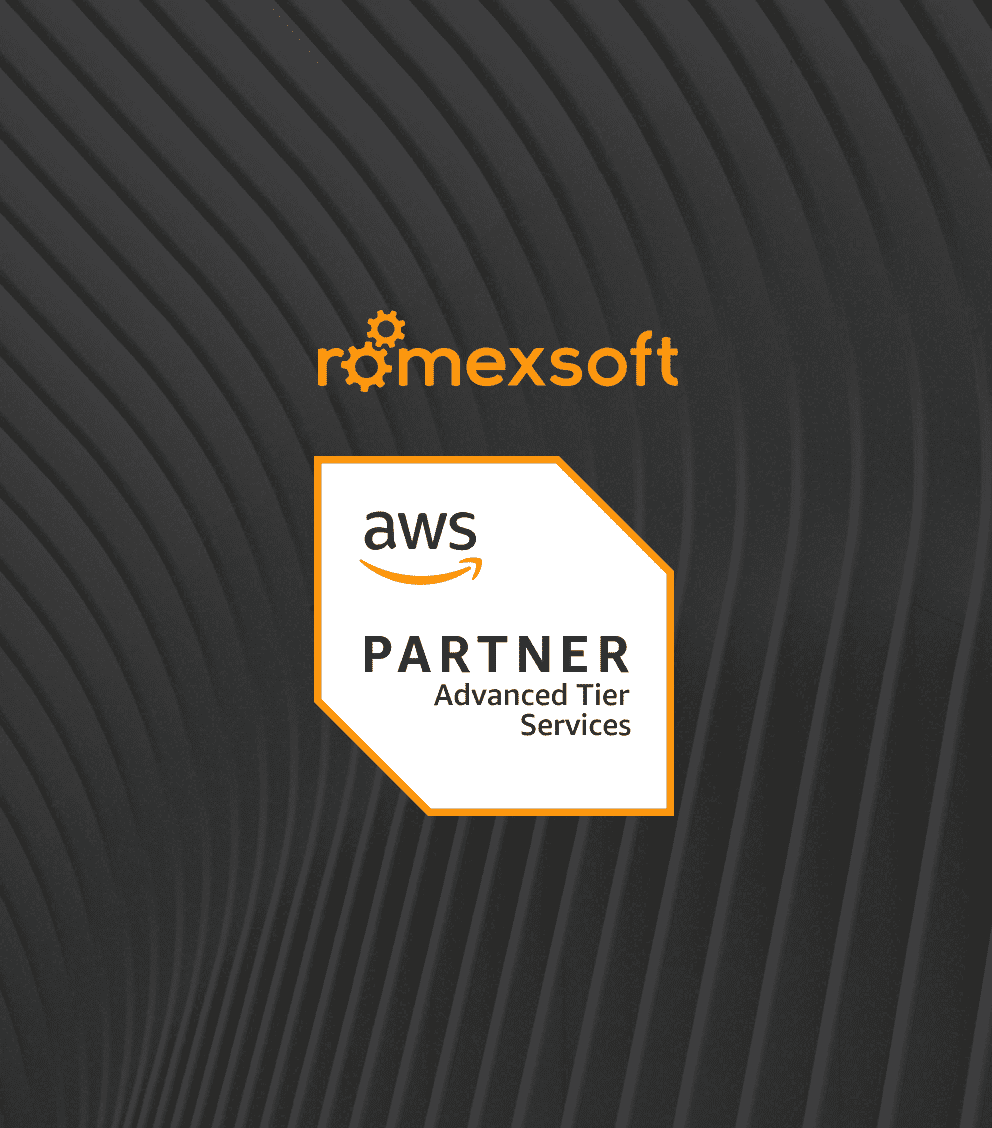IT Outsourcing 2020 Overview & Trends
In today’s time of ever-changing requirements, fast-changing markets and the incredibly rapid pace of life everybody naturally wants to optimize everything. In the current conditions, companies who want to stay up-to-date and be innovation-friendly are methodically searching for ways to optimize costs, human hours, and operations. Many of them choose IT outsourcing services as they […]

Table of Contents
In today’s time of ever-changing requirements, fast-changing markets and the incredibly rapid pace of life everybody naturally wants to optimize everything. In the current conditions, companies who want to stay up-to-date and be innovation-friendly are methodically searching for ways to optimize costs, human hours, and operations. Many of them choose IT outsourcing services as they provide operational flexibility, considerable cost savings and access to specific skills. Remote IT outsourcing has revolutionized the way businesses operate today.
Nowadays the fundamental shift in outsourcing IT has been made from low-risk functions towards more core business activities and strategic directions, such as idea generation. IT outsourcing providers are expected to deliver not only solutions to present problems but also to help companies differentiate themselves in the market, create new opportunities, and gain competitive advantages.
Table of Contents
Companies expect IT outsourcing to ensure:
- High-quality solutions
- Cost efficiency
- Excellent performance
- Cutting-edge technologies
- Customer-centricity
- Strong partnerships
- Multitalented pool
- Affordable resources
- Overhead reduction
IT outsourcing field is due to grow, expand and evolve.
Let’s dive into the most expected trends in IT outsourcing for upcoming 2020:

Robotic Process Automation (RPA)
Artificial Intelligence (AI) and Machine Learning (ML) provide a practical and real possibility to automate processes and delegate them to machines. The combination of these technologies has evolved into Robotic Process Automation (RPA), which is an innovative form of business process automation technology.
The core purpose of RPA is the growth of productivity. RPA takes routine tasks from humans and transfers them to bots, so human employees can focus on more intellectual and strategic fields.
RPA enables robots and bots to fulfill complex IT tasks, and with the elaboration of technology, they become more and more skilled and competent. RPA robots utilize the user interface to manipulate applications and capture data just like humans do. In other words, they mimic human actions. Among the RPA benefits are almost zero mistakes, the ability to process tasks 24/7, and incredible scalability.
RPA software requires a minimal upfront investment, ensures considerable cost savings, provides the possibility to redeploy workers to handle strategic tasks while RPA takes care of repetitive daily workloads like workflows, infrastructure, and back-office. Moreover, bots can operate multiple and complex tasks across multiple systems.Oxford University assumes that by 2035 35% of all jobs may be automated.
Over time organizations organically grow and become more complex. For companies who want to survive the automation-first approach is becoming a strategic imperative. The evolution of AI will stay exponential, the artificial intuition is on the way, and the leaders should leverage the expertise of IT outsourcing companies for the development of a digital transformation strategy.
Cloud computing
Businesses generate vast amounts of data every day. And, the more data they generate, the more storage they need. Cloud computing enables to store and backup data, and rent IT infrastructure on a pay-per-usage basis. Gartner says that the accelerating trend of cloud computing is going to break its own record and exceed spending of $1 trillion in 2020.
Cloud computing eliminates the necessity to buy, deploy and maintain expensive hardware, which is going to be commoditized in the foreseeable future. As well, one of the cloud computing benefits is distributed infrastructure, and innovation-friendly enterprises are heading towards employing remote infrastructure.
In addition, companies become extremely concerned about the security of the stored data. Many company leaders decide to use IT outsourcing services companies for the development of security solutions and eliminate possible threats. Still, a well-designed cloud infrastructure mitigates some security risks and vulnerabilities.
Internet of Things (IoT)
Many people even today perceive the Internet of Things (IoT) as something from sci-fi movies. But this thing is now more than reality. The Internet is no longer limited to computers and laptops. The logical evolution of it is the ubiquitous connectivity of things.
IoT enables us to multilaterally communicate with things and machines, connected with the Internet and with each other.
IoT is literally everywhere:
- Smart homes (smart thermostats, security systems, smart home assistants, lights, fridges)
- Smart shops (smart kiosks, smart counters)
- Smart cities (utilities, smart parking, systems for pedestrians, improved accessibility solutions)
- Smart cars (parking, navigations, sensors)
- Smart healthcare (wearables for remote patient monitoring, smart pills)
By 2020 there will be up to 21 billion connected devices across the globe. As IT outsourcing companies will concentrate on IoT development, they are going to take into account the prime necessity to deal with compatibility issues. Furthermore, IoT is often merged with AI.
Augmented and Virtual Reality (AR and VR)
Augmented Reality (AR) and Virtual Reality (VR) are no longer futuristic predictions. They progressively became part of our everyday reality, transforming the way we live and communicate. At present these technologies still have a long way to go, but they are already mature enough for enterprises to leverage them as powerful tools to enhance their businesses.
VR technology creates a completely new reality by placing a user into a 360-degree imaginary world. VR completely blocks the sight of the real world and immerses a user into the ultimate digital environment. A user is totally concentrated on the all-embracing digital content, and his/her brain is tricked to perceive the imaginary world as real.
AR technology adds a digital layer to the real world and creates a continuous view of both the real and virtual worlds. A user can interact with the digital overlay and non-existing objects with different types of devices. Information or image contextual overlays appear on screens or as holograms around the user. AR technology enhances the real world, makes it digitally manipulative and interactive.
These technologies can be widely leveraged for the following areas:
- Education
- Construction and manufacturing
- Healthcare
- Automotive
- Gaming
- Tourism
- Volumetric human performance capture
- Retail
- Navigation
Multi-sourcing
Different IT outsourcing providers are better geared for different IT services. Accordingly, companies that outsource IT connect with several vendors to establish the right collaborations for outsourcing IT projects. The one-size-fits-all approach used to be the norm in the past, but with the evolution of technology, it doesn’t work.
When companies require to develop or design something unique, they connect with niche services providers, which are true experts in their specific fields. They gain innovation capacity from different teams across the globe, do not need to depend on one team for everything, ensure multithreaded work on a project to accelerate the product development process. Companies augment their in-house capabilities with external expertise, do not have to make large upfront investments and long-term commitments, and gain increased value from different contractors.
Most successful collaborations and partnerships in 2020 will be based on risk-sharing, outcome-based approach, sustainable value, customer-centricity, and improved quality.
Value over price
Formerly companies contacted IT outsourcing firms to cut costs on development. The outsourcing partners were typically paid on an hourly basis and micromanaged by the outsourcers. Nowadays they become less concentrated on cost savings and more on the value they can derive from their partnerships. The cost of outsourcing is no longer the determining factor when choosing a partner.
Concentration on savings creates a wrong focus. In 2020 the values and benefits of business IT outsourcing will become a prerequisite for signing a cooperation agreement. Among them are operational excellence, complete transparency of processes, tailored approach, trust and reputation, and the possibility to serve as a team extension.
Big Data and Prescriptive analytics
IDC predicts that by 2020 there will be 44 zettabytes of data or 44 trillion gigabytes. The data is being generated very quickly and is doubling in size every year.
Prescriptive analytics is a particular type of analytics, which helps businesses produce better-informed decisions on the basis of their data, and discover an appropriate approach for specific circumstances. It processes information about possible scenarios, consistent patterns, available resources, past, and current performance, and leverages descriptive analytics and predictive analytics to determine the appropriate actions to take now. Prescriptive analytics leverages machine learning, simulations, and mathematical optimization to help derive data-driven decisions.
In 2020 prescriptive analytics will further evolve into automated analytics, so decisions made by humans will be replaced by automated machine-based decisions.
More read: Key Highlights of IT Outsource in Ukraine
Conclusions
Outsourcing is definitely going to survive in the turbulent waters of today’s business environment. And, it is going to evolve dramatically. IT outsourcing service providers serve organizations of all sizes, domains, and industries.
Today IT services and outsourcing are no longer synonyms for low-cost labor. Cost-effectiveness is still critically important, but companies now look more for value, risk sharing and customer-centric approach, which means transparency and mutual trust. As follows, IT outsourcing will be more collaborative than ever before.
In 2020 offshore IT outsourcing services will shift from low-level tasks to more strategic and core functions, and involve complex relationships with multiple vendors. Companies will look for differentiation, intellectual capital and skills pool, sophisticated technologies and tailor-made solutions.





